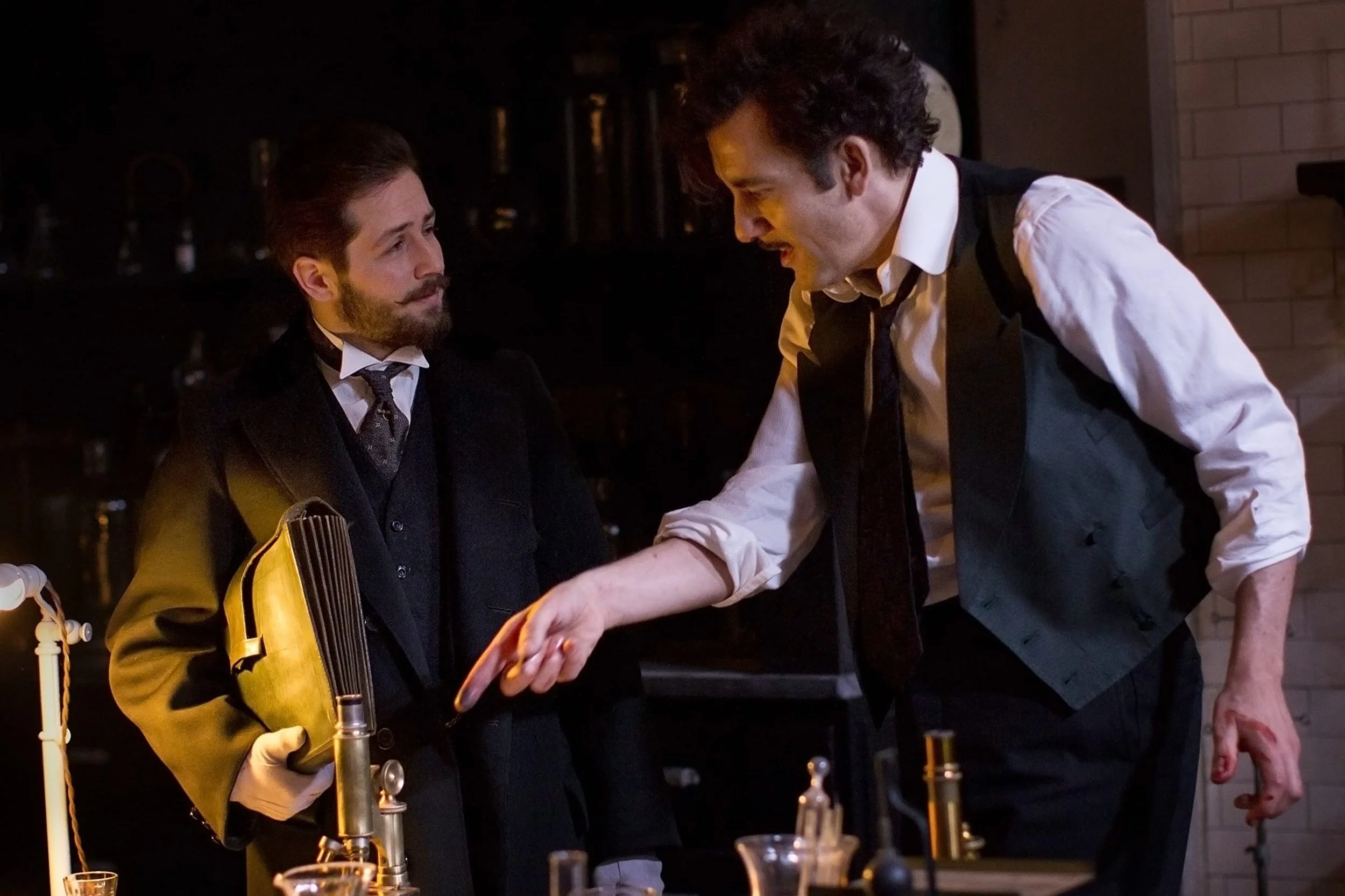The Knick: A Gritty and Riveting Medical Drama Set in the Early 20th Century NYC
Source: The Knick
Setting and Historical Context
The Knick, created by Jack Amiel and Michael Begler, is an American television drama series that aired from 2014 to 2015. Set in the early 1900s, the show revolves around the professional and personal lives of the staff at the Knickerbocker Hospital, nicknamed "The Knick," located in New York City. With its gripping storytelling, stellar performances, and meticulous attention to historical detail, The Knick captivated audiences with its unique blend of medical procedural drama, social commentary, and exploration of the human condition.
The Knick is set in the era of medical breakthroughs and societal transformations in early 20th century America. The show delves into surgical procedures, anesthesia experimentation, and the use of early medical technologies with an unwavering commitment to authenticity. The Knick highlights the ethical dilemmas faced by the doctors, the intense pressure to achieve medical breakthroughs, and the often devastating consequences of their actions.
The show expertly captures the essence of the time, immersing viewers in the gritty streets of New York City and the medical world of the time. From the hospital's outdated facilities to the challenges faced by the medical practitioners, The Knick paints a vivid picture of the era's struggles and advancements in healthcare.
Beyond its medical focus, The Knick also provides a platform for exploring significant social issues of the era. The show confronts topics such as racism, class divisions, gender inequality, and the impact of poverty on healthcare. By intertwining these themes with the characters' lives and the hospital's operations, The Knick offers thought-provoking commentary on the societal challenges faced during this transformative period in American history.
Source: The Knick
Characters And Production
The Knick boasts a talented ensemble cast, led by Clive Owen as Dr. John W. Thackery, the brilliant but flawed chief surgeon at the Knickerbocker Hospital. Owen's portrayal of Thackery is mesmerizing, capturing the character's brilliance, addiction struggles, and complex personality.
The supporting cast, including André Holland as Dr. Algernon Edwards, Juliet Rylance as Cornelia Robertson, and Jeremy Bobb as Herman Barrow, deliver exceptional performances, adding depth and nuance to the show's diverse and compelling characters.
The Knick showcases a distinctive visual style and exceptional direction. The series, helmed by acclaimed filmmaker Steven Soderbergh, employs innovative camera techniques, striking cinematography, and meticulous attention to period details to create an immersive and atmospheric experience. Soderbergh's direction adds a cinematic quality to the show, enhancing its dramatic impact and bringing the historical setting to life.
Critical Reception and Legacy
The Knick received critical acclaim during its run, praised for its compelling storytelling, powerful performances, and meticulous period detail. While the show garnered a dedicated fan base, it faced premature cancellation after two seasons. Nevertheless, The Knick's legacy endures, with its influence felt in the realm of historical dramas and its exploration of the intersection between medicine, society, and the human condition remaining a standout feature.
The Knick stands as a shining example of exceptional television drama, combining historical accuracy, compelling characters, and thought-provoking storytelling. With its exploration of medical advancements, social issues, and the complexities of human nature, The Knick transcends its period setting, resonating with audiences as a gripping and immersive series that leaves a lasting impression.



